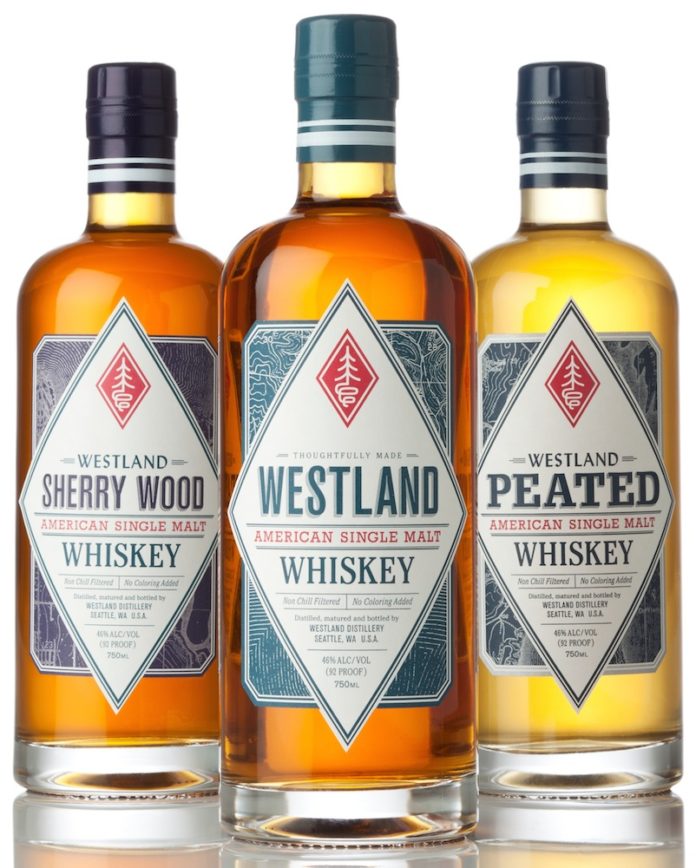Long-running efforts by distillers of American single malt may finally pay off.
Producers behind the style — which lacks a legal definition — have pushed the Alcohol and Tobacco Tax and Trade Bureau for an official classification. This week, the TTB finally issued a notice of proposed rulemaking to establish a new American Single Malt Whisky category.
“This is great news for U.S. distillers and consumers,” says Chris Swonger, president and CEO of the Distilled Spirits Council of the United States. “We want to thank TTB for listening to the industry’s requests, and we look forward to working with the Bureau to develop an official new category for American Single Malt Whisky.
Definitions put forth by the TTB include:
- “American single malt whisky” must be distilled entirely at one U.S. distillery, and must be mashed, distilled and aged in the United States
- Distilled from a mash of 100 percent malted barley
- Aged in oak barrels not exceeding 700 liters
- Distilled to no more than 160 proof
- Bottled at no less than 80 proof
- No neutral spirits allowed. Coloring, flavoring, and blending elements are permitted
The proposal also includes an amendment to the whisky standard of identity in § 5.143(c) by adding American Single Malt Whisky as a type of legally recognized whisky.
Concerns do remain in the distilling community about the absence of an aging minimum. Many on social media have suggested a three-year requirement before barreled distillate can be considered American single malt.
While noticeably vague in comparison with legal definitions for other whiskey categories, these rules do allow room for the kind of innovation that American single malt producers are known for. Innovation that helps separate the U.S. category from Scotch.
“Consumer fascination with American Single Malt Whisky is at an all‐time high, and establishing a clear definition will drive innovation and help maintain the integrity of this category as more products enter the market,” Swonger says. “The formal establishment of standards of identity for American Single Malt Whisky is a clear recognition that this rapidly growing category is unique and deserves to be defined and protected as a distinctive product of the United States.”
Distillers of American single malt hope that this much-welcomed news helps educate the consumer about this still-emerging category.
“From a producer perspective, this is awesome news and a critical step needed to elevate the category into the mainstream,” says Arch Watkins, co-founder of Old Line Spirits, a Baltimore producer that makes American single malt. “From the consumer standpoint, I think that they’re going to start seeing more and more American single malts on the shelf. We’re already starting to see dedicated ASM sections in some stores. I think that will start to become more normal when the official Standard of Identity is set, hopefully soon.”
Other producers added their praise for the TTB decision.
“Announcing American single malts as a formal category by the TTB is a historic moment for the industry, as it has been decades since a new whisky category of this magnitude has been added to the Beverage Alcohol Manual,” says Virginia Distillery Company CEO Gareth H. Moore, treasurer of the American Single Malt Whiskey Commission. “The American whisky category was synonymous with bourbon just 15 years ago, but the resurgence of rye diversified that view. The American single malt category will further broaden the view of the American whisky consumer and fuel innovation and premiumization across domestic products.”
Public comments on the proposed definition are due to the TTB by September 27.
Kyle Swartz is editor of Beverage Dynamics magazine. Reach him at kswartz@epgmediallc.com. Read his recent piece Why Beverage King is New Royalty in Store Picks.










